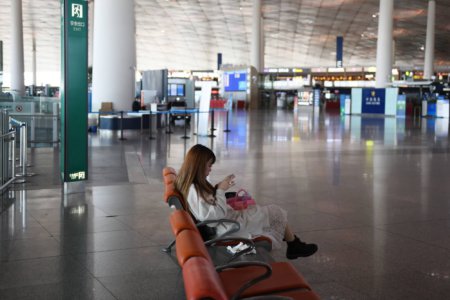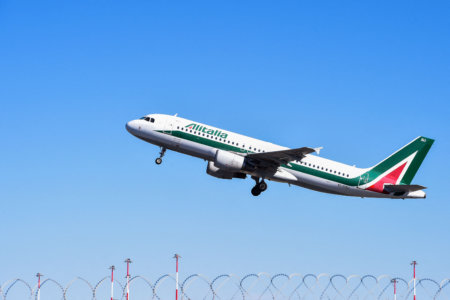
Here’s the good news: New Zealand has finally set a date for the return of international students to the country. The bad news? Students will have to wait until October for normal visa processing to resume, which would mean on-campus studies won’t be possible until 2023.
The Kiwi government has recently announced a new plan for the New Zealand border opening to vaccinated travellers, including international students, across five stages in 2022. With this system, international travellers will no longer have to register for a managed isolation (MIQ) spot. Instead, they will have the option of self-isolating at home. For now, this is capped at 10 days.
Unvaccinated travellers, and those who do not meet New Zealand’s vaccination requirements, who are eligible to enter New Zealand will continue to enter MIQ, said the government.
The five-step plan includes:
- From Feb.27, 2022, fully vaccinated New Zealand citizens and residents from Australia can return home from Feb.27, 2022
- From March 13, 2022, fully vaccinated citizens worldwide can arrive. This also applies to travellers on a working holiday scheme and skilled workers
- From April 12, 2022, up to 5,000 international students are allowed into the country
- From July 2022, fully vaccinated Australians and all other visitors who can normally travel visa-free to New Zealand are expected to be able to travel
- From October 2022, all visa categories will reopen, including visitor and student visas
Travellers are still required to conduct a pre-departure test to be eligible to enter New Zealand. They will be given three free rapid antigen tests at the airport to be used on day zero or one, on day five or six, and one spare. They will have to take a PCR test if any one of those turns out positive.
Other countries such as the UK have scrapped pre-departure testing requirements for international students.
New Zealand border opening falls behind rival countries

International agents are wary that New Zealand will fall behind other higher education countries. Source: Robert Chiarito/AFP
While New Zealand is finally taking a much-needed step to reopening its borders to international students, it will be a year behind rival study abroad destinations.
International students are one of the country’s most valuable sources of income, worth five billion New Zealand dollars a year. The sector supported around 45,000 jobs and was New Zealand’s fifth-largest export earner. The border closure served to highlight just how important the country’s steady stream of international students is to the economy.
The recent New Zealand border opening announcements are being welcomed by representatives in the sector after international students asked for more clarity on their date of return.
“This will mean at least some international university students will be able to make it onshore for the start of semester two, although only a small proportion of the number we know are clamouring to get here,” Chris Whelan, chief executive of Universities New Zealand, was quoted saying by stuff.
However, the delayed reopening date has set New Zealand leagues behind. “Australia, the US, UK and Canada are now all fully reopened to international students, but New Zealand won’t be until October, in time for 2023, leaving us a year or more behind those competitor countries,” explained Whelan.
With clearer guidelines on public health, Whelan expressed hope that the allocation of 5,000 places could be increased “so we do not lose students to our competitors”.
There may also be an opportunity for students from visa waiver countries such as Japan and South Korea to make short visits to the country for up to three months, said Education New Zealand (ENZ) chief executive Grant McPherson.
“It has been an incredibly challenging period for New Zealand education providers, international students, and those who support them,” he said. “The sector has shown considerable patience as the borders were carefully managed to minimise the threat posed by COVID-19.”
Rules on entry for pre-university students still unclear

There are no clear rules about when high school students will be able to return. Source: Geoff Robins / AFP
The news about the return of international students has been met warmly by universities. Pre-university institutions such as high schools, however, remain unclear about the guidelines surrounding the return of their students.
Craig Rosengrave, international student director of Christchurch’s Burnside High School, has greater certainty that “New Zealand is back in business”. Although the details on the guidelines of entry were “still a little sparse”, he predicted the first 5,000 would be tertiary students and suspects that high schoolers will likely be granted entry next year.
“If all things go well and there aren’t too many problems thrown in the way, it looks positive for 2023,” he said.
Before the pandemic, Burnside High School welcomed around 200 fee-paying international students every year. The school had one of the largest international student populations in New Zealand.
Rosengrave added that New Zealand will “always be a desirable place” for international students, but that the “delay” could cause some to consider other countries.











